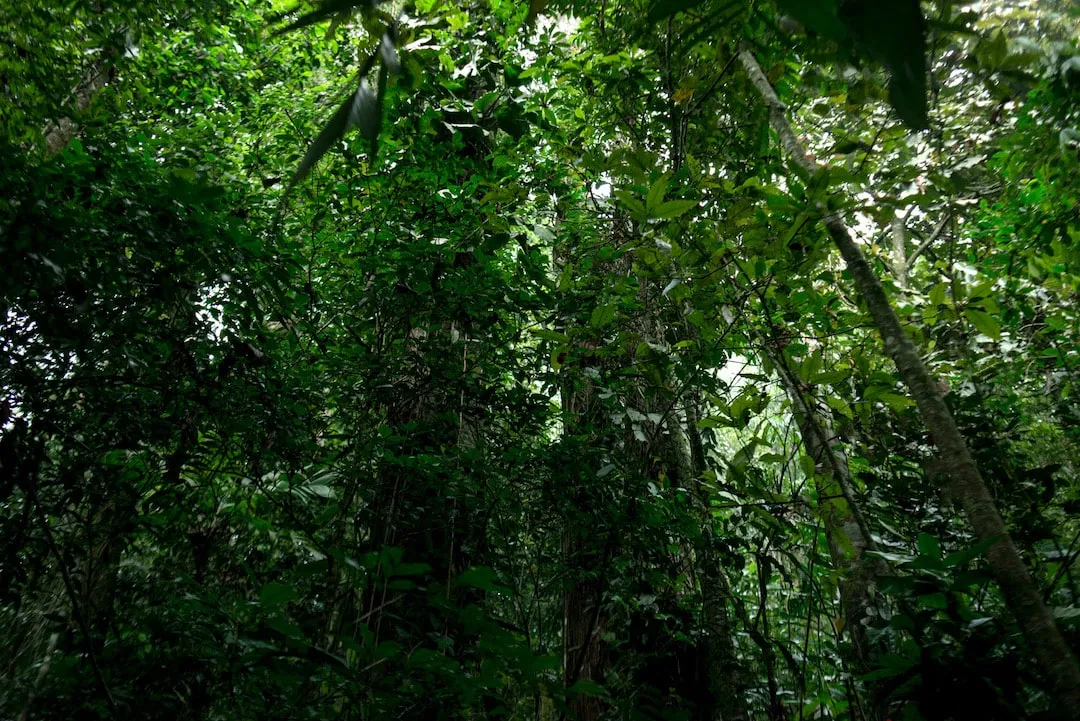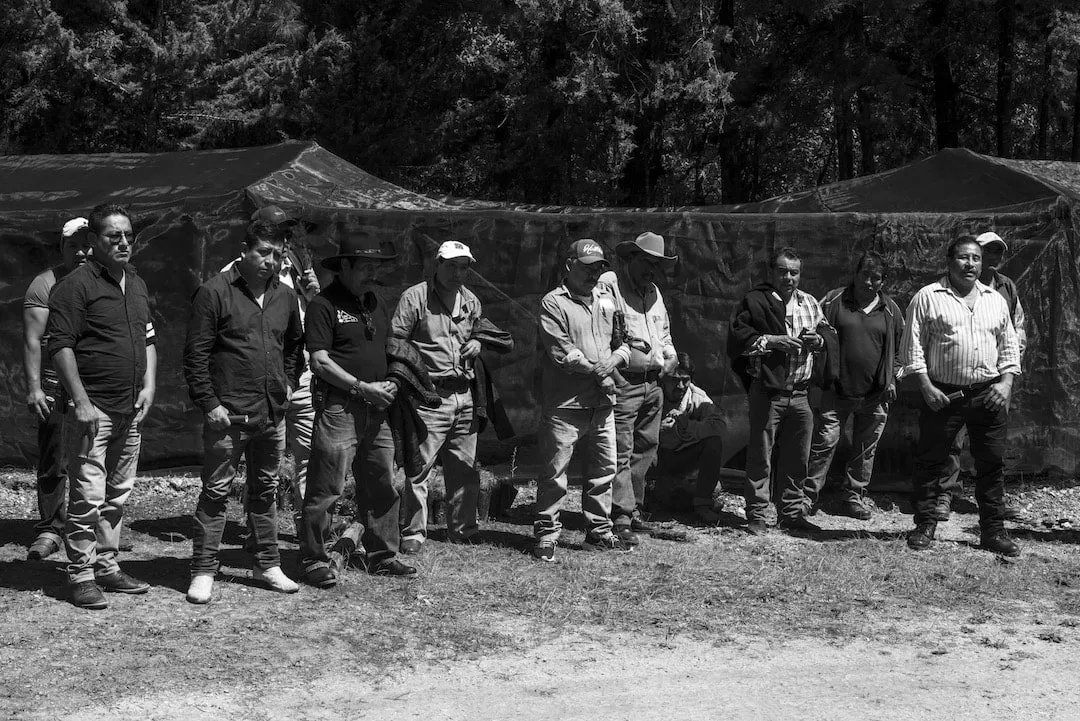Forest management: can a forest be used in a sustainable way?



About a third of the surface of Mexico is still covered with forests and jungles of different types (Madrid et al, 2009), which contain an infinite number of assets that have been extracted or used for centuries. When this is carried out in an orderly manner, it is known as forest management, which is composed of activities that take advantage of forest resources so as not to compromise their provision for future generations (Aguirre-Calderon, 2015). However, this approach to forest management is quite recent, since previously there was not enough information on the functioning of ecosystems to take into account different elements and functions in their management (Bray and Merino, 2004). On the contrary, forest management was preceded by the concept of multiple use, which focused on species of commercial interest, without paying greater attention to the rest of the ecosystem as a whole (Ibid.).
Fortunately, in recent decades, emphasis has been placed on sustainable forest management, considering a series of social, environmental and economic factors in the planning of forestry activities (Ibid.). This implies that, due to the diversity of ecosystems that cover the national territory and the different types of land tenure, there is no single recipe that ensures sustainable forest management. Focusing solely on the environmental aspect, it is important to highlight that ecosystems not only provide goods, but also diverse ecosystem services such as the provision of fresh water and carbon capture. Also, it goes without saying that a management plan designed for a temperate forest with eight different species of conifers can never be implemented in a tropical jungle with more than 400 species of trees.
In addition to all the variants of forest management that result from taking into account environmental factors, it is also vital to take into account social factors, mainly those related to local users. Land owners are the most important actors in forest management, which in turn makes them central pieces for the conservation of forest resources (Pacheco et al., 2008). In this regard, the case of our country is unique because, due to the agrarian distribution resulting from the Mexican Revolution, half of all these natural resources are in the hands of ejidos and indigenous communities (Madrid et al, 2009). In fact, of the 29,519 ejidos in the country, 15,584 are located in forest land (Morett-Sanchez and Cosío-Ruiz, 2017).
The forests and jungles that belong to ejidos and communities present several social complexities for their management. First, they are in a particular form of land tenure known as collective ownership, since a group of people has rights to the use of these lands, not a single individual (Bray and Merino, 2004). This implies that there must be a decision-making process that involves all the owners of the land, and it is well known that the more people who participate, the more difficult it is to reach an agreement. In addition to this, since these are considerable areas of land, it is difficult to prevent other people from accessing and taking advantage of the resources they contain, in addition to the fact that they are no longer available to other people (an opposite example is sunlight, since we can all take advantage of it without leaving others with less light). Because of these characteristics, these forests and jungles are classified as commonly used resources, which require collective action for proper management, that is, that individuals cooperate and coordinate their decisions and actions, putting collective interests above their own interests (as cited in Merino, 2014). However, achieving collective action is not easy, since excluding those who appropriate resources without contributing to their maintenance and care is very difficult.

Despite these difficulties, in our country there are hundreds of cases of ejidos and indigenous communities that are dedicated to forest management, mainly for wood production, through Community Forestry Companies (EFC) (Ibid.). Because they are based on collective ownership, the way in which these companies are organized is unique, since they produce commercial goods and compete in the national and international markets without abandoning their traditional practices, culture and forms of organization (Ibid.). EFCs not only add value to forest products, but they also generate jobs, involve and empower people, diversify local economic activities and generate income for ejidos and communities, encouraging local development (Madrid) et al., 2009). There are even studies that show that EFCs reduce marginalization, reduce emigration and promote the ordering of economic activities and the territory (Ibid.). However, despite the fact that forest policies have been directed towards community forestry development in recent years, public policies that favor large companies and the agricultural sector still prevail (Pacheco et al., 2008).
The topic of forest management in Mexico is very broad and, due to its complexity, describing it completely falls outside the scope of this article. However, it is important to recognize that, with regard to community forest management, we have extensively studied success stories of ejidos and communities that have managed to use their forest resources in a sustainable way (Bray and Merino, 2004). Taking into account the environmental crisis in which we live today, it is vital to recognize and disseminate examples of practices that, in addition to serving as the economic support of marginalized sectors of the population, ensure the functions and processes of ecosystems.
References
Aguirre-Calderon, O.A. (2015). Forest Management in the 21st Century. Wood and Forests, 21, 17-28.
Bray, D. B. and Merino, L. (2004). The experience of forest communities in Mexico. Twenty-five years of forestry and building community forestry companies. National Institute of Ecology.
Madrid, L., Núñez, J.M., Quiroz, G. and Rodríguez, Y. (2009). Social forest ownership in Mexico. Environmental Research, 1 (2), 179-196.
Merino, L. (2014). Perspectives on property governance and citizenship in the work of Elinor Ostrom. Mexican Journal of Sociology, 76, 5, 77-104.
Morett-Sanchez, J.C. and Cosío-Ruiz, C. (2017). Overview of ejidos and agrarian communities in Mexico. Agriculture, Society and Development, 14, 1, 125-152.
Pacheco, P. Ibarra, E., Cronkleton, P. and Amaral, P. Public policies affecting community forest management. In Pacheco, P., Pokorny, B. and de Jong, W. (Coords.). (2008). Community Forest Management in Tropical America: Experiences, Lessons Learned, and Challenges for the Future. (pp. 201-228). Bogor, Indonesia. Center for International Forestry Research.
Explore reflections, research and field learning from our work in ecosystem restoration.